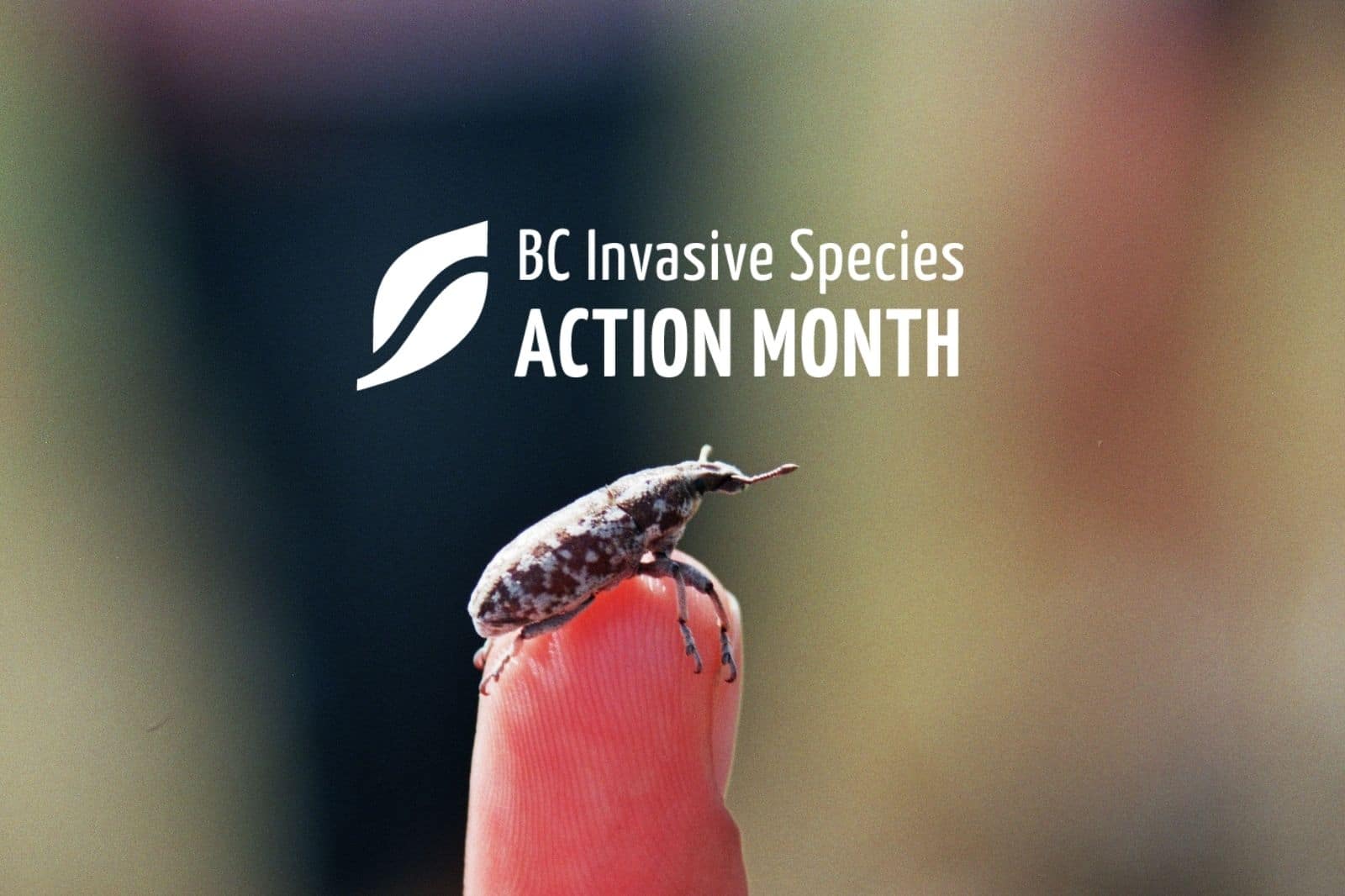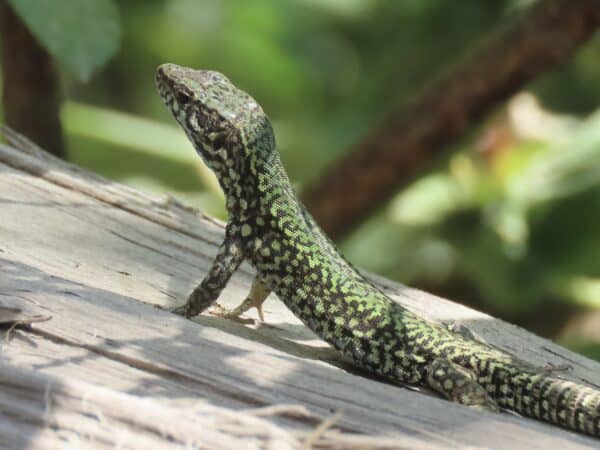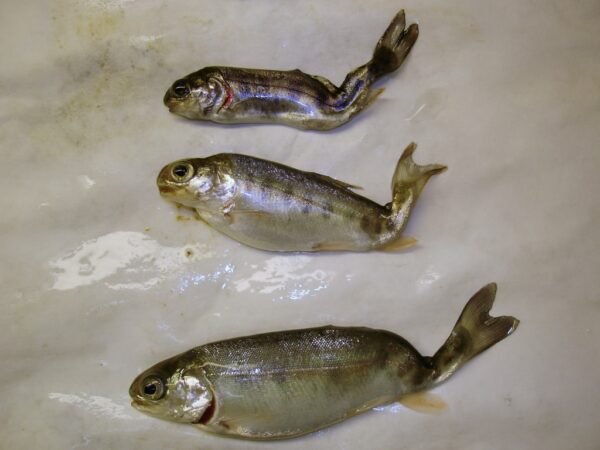Published May 13, 2021
Diffuse knapweed (Centaurea diffusa) was first introduced to North America in the early 1900s and has since spread across western Canada. Large infestations displace native plants, prevent the growth of other plants by altering soil chemistry and negatively impact biodiversity.
Protecting native ecosystems, transportation corridors, agricultural and public lands, and even urban gardens from invasive plants requires that land managers develop an integrated approach to management. This type of approach is typically referred to as ‘Integrated Pest Management (IPM)’. IPM can include different control methods, site treatments and monitoring. Biological control, or biocontrol, is a very important tool in the IPM toolkit. It involves controlling various pests, including invasive plants, by introducing natural enemies.
In 1970, as part of the biological control program for Diffuse knapweed, 12 biological control agents were released in BC, including:
- Cyphocleonus achates, the Knapweed root weevil
- Larinus minutus, the Knapweed flower weevil
- Two species of Tephritid flies, Urophora affinis and Urophora quadrifasciata
- Sphe-noptera jugoslavica, the root boring beetle
Weevils are small beetles, easily recognized by their long snouts. They are herbivores and feed on the seeds, leaves, stems and roots of plants.
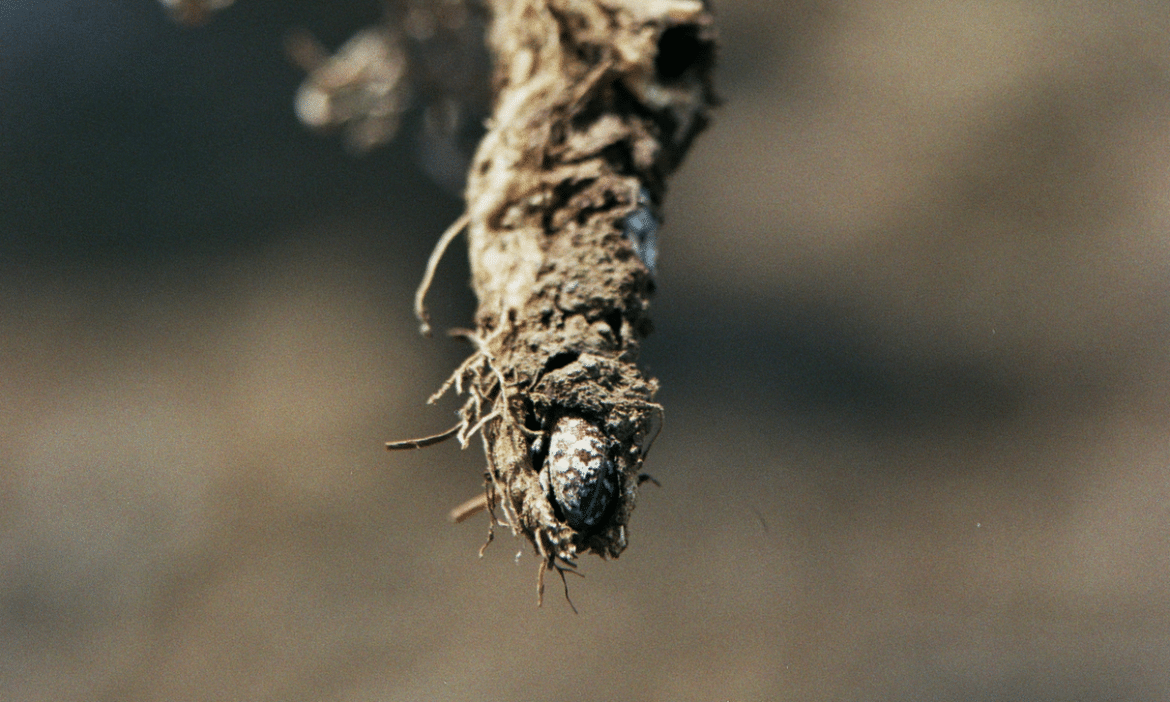
Diffuse knapweed populations have declined significantly at sites in BC’s southern interior, where the Knapweed flower weevil (L. minutus) weevil was established. This tiny beetle helps our fight against Diffuse knapweed by damaging it in two ways. First, it lays its eggs on the flowers and when the eggs hatch, the larvae feast on the seeds. After pupation, the new adult further destroys the plant by eating the leaves and growing stems.
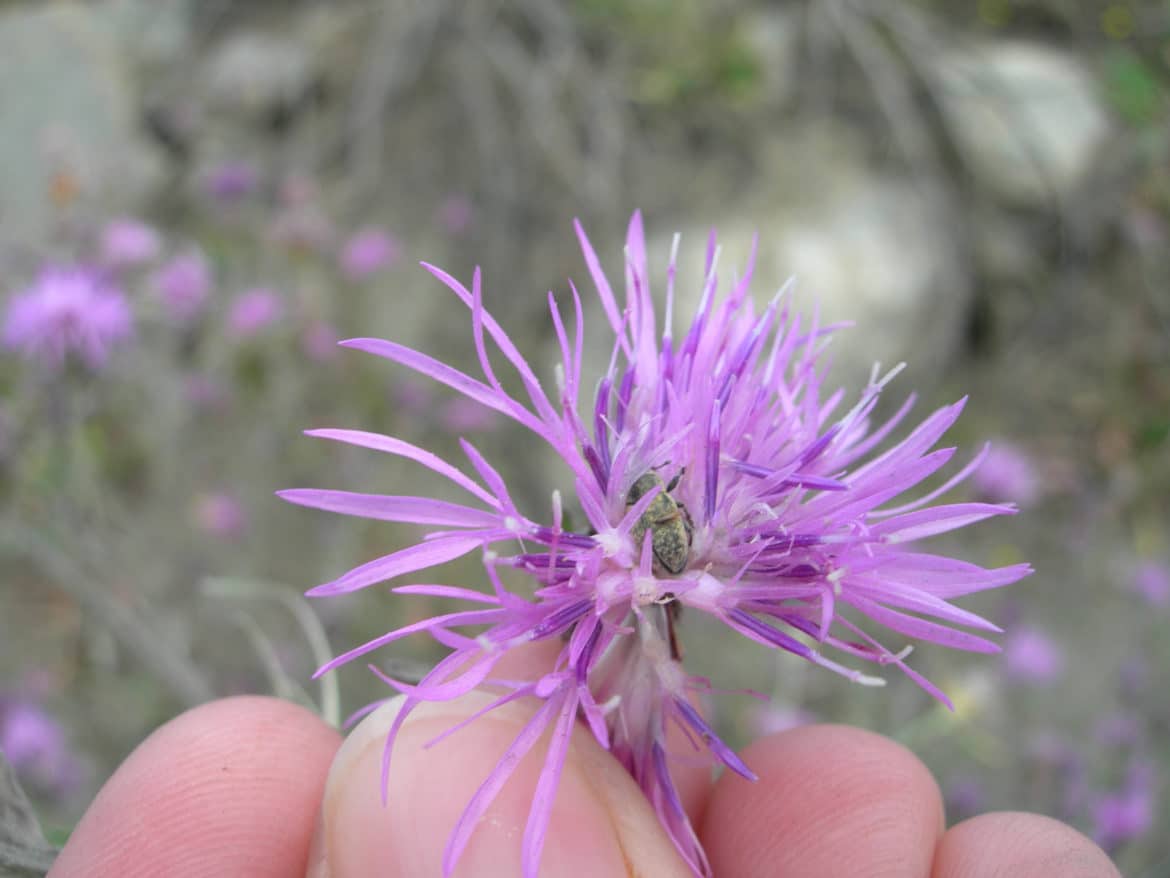
The biological control program for Diffuse knapweed has been one of the most successful programs of its kind, in both the success of control methods and the effectiveness of collaboration. The program saw significant involvement from Agriculture and Agrifood Canada, the Ministry of Forests, Lands, Natural Resource Operations and Rural Development and the University of British Columbia. Early surveys were funded by the Natural Science and Engineering Research Council of Canada, with recent field surveys supported by the Brink/McLean Grassland Conservation Fund.
Biocontrol agents will continue to play a significant role in the management of Diffuse knapweed in BC.
Share


